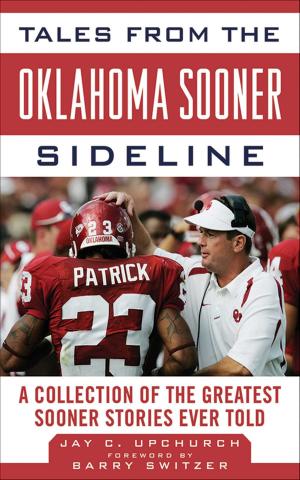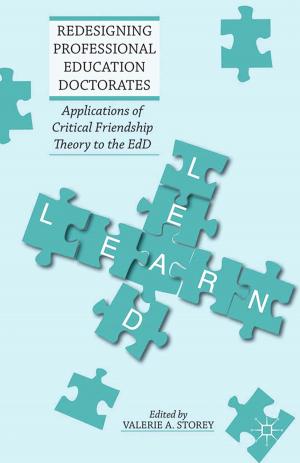Story Sensei Characterization worksheet
Create memorable, three-dimensional characters
Nonfiction, Reference & Language, Language Arts, Writing & Publishing, Writing Skills, Composition & Creative Writing, Reference| Author: | Camy Tang | ISBN: | 1230000290837 |
| Publisher: | Camy Tang Books | Publication: | January 9, 2015 |
| Imprint: | Language: | English |
| Author: | Camy Tang |
| ISBN: | 1230000290837 |
| Publisher: | Camy Tang Books |
| Publication: | January 9, 2015 |
| Imprint: | |
| Language: | English |
Whether your story is plot-driven or character-driven, characterization is important. Your readers identify and/or empathize with your characters, and that’s what keeps them on the edge of their seats, wanting to know what happens next to your characters.
When your reader is apathetic about your character, they are more likely to put your book down. They simply aren’t as invested in the character and are not as interested in the conflict surrounding them.
A three-dimensional character with flaws and strengths usually doesn’t just jump out of a writer’s head. Typically, writers spend a great deal of time embellishing and digging deeper into a character, whether before the book is written or as they’re editing. Three-dimensional characterization is usually a deliberate, concentrated effort.
Also, sometimes when a writer has hit a wall when writing their novel, it could be that the writer just doesn’t know the character well enough.
This worksheet will help you develop your story characters. By the end of this worksheet, you will have:
-
a solid grasp of who your character is—and I’m not talking just favorite ice cream flavor
-
your character’s flaws and heroic qualities to make him/her truly sympathetic to the reader
-
the character’s unique qualities to make him/her stand out from all the other characters on the Barnes and Noble shelves.
-
your character’s desire and external goal (you’d be amazed at how this can change from your original ideas about your character as you dig deeper and discover who your character is!)
-
the motivation behind your character’s actions—and not something done over and over again, but something really juicy and unique that shapes your protagonist to make him/her a richer, deeper character
-
conflict and obstacles that directly impact your character’s external goal
-
the riveting climax of the story—both external events and also internal arc
This worksheet will guide you through several steps and questions that will help you delve deeper into your characters to make them realistic, heroic, and memorable.
Whether your story is plot-driven or character-driven, characterization is important. Your readers identify and/or empathize with your characters, and that’s what keeps them on the edge of their seats, wanting to know what happens next to your characters.
When your reader is apathetic about your character, they are more likely to put your book down. They simply aren’t as invested in the character and are not as interested in the conflict surrounding them.
A three-dimensional character with flaws and strengths usually doesn’t just jump out of a writer’s head. Typically, writers spend a great deal of time embellishing and digging deeper into a character, whether before the book is written or as they’re editing. Three-dimensional characterization is usually a deliberate, concentrated effort.
Also, sometimes when a writer has hit a wall when writing their novel, it could be that the writer just doesn’t know the character well enough.
This worksheet will help you develop your story characters. By the end of this worksheet, you will have:
-
a solid grasp of who your character is—and I’m not talking just favorite ice cream flavor
-
your character’s flaws and heroic qualities to make him/her truly sympathetic to the reader
-
the character’s unique qualities to make him/her stand out from all the other characters on the Barnes and Noble shelves.
-
your character’s desire and external goal (you’d be amazed at how this can change from your original ideas about your character as you dig deeper and discover who your character is!)
-
the motivation behind your character’s actions—and not something done over and over again, but something really juicy and unique that shapes your protagonist to make him/her a richer, deeper character
-
conflict and obstacles that directly impact your character’s external goal
-
the riveting climax of the story—both external events and also internal arc
This worksheet will guide you through several steps and questions that will help you delve deeper into your characters to make them realistic, heroic, and memorable.















